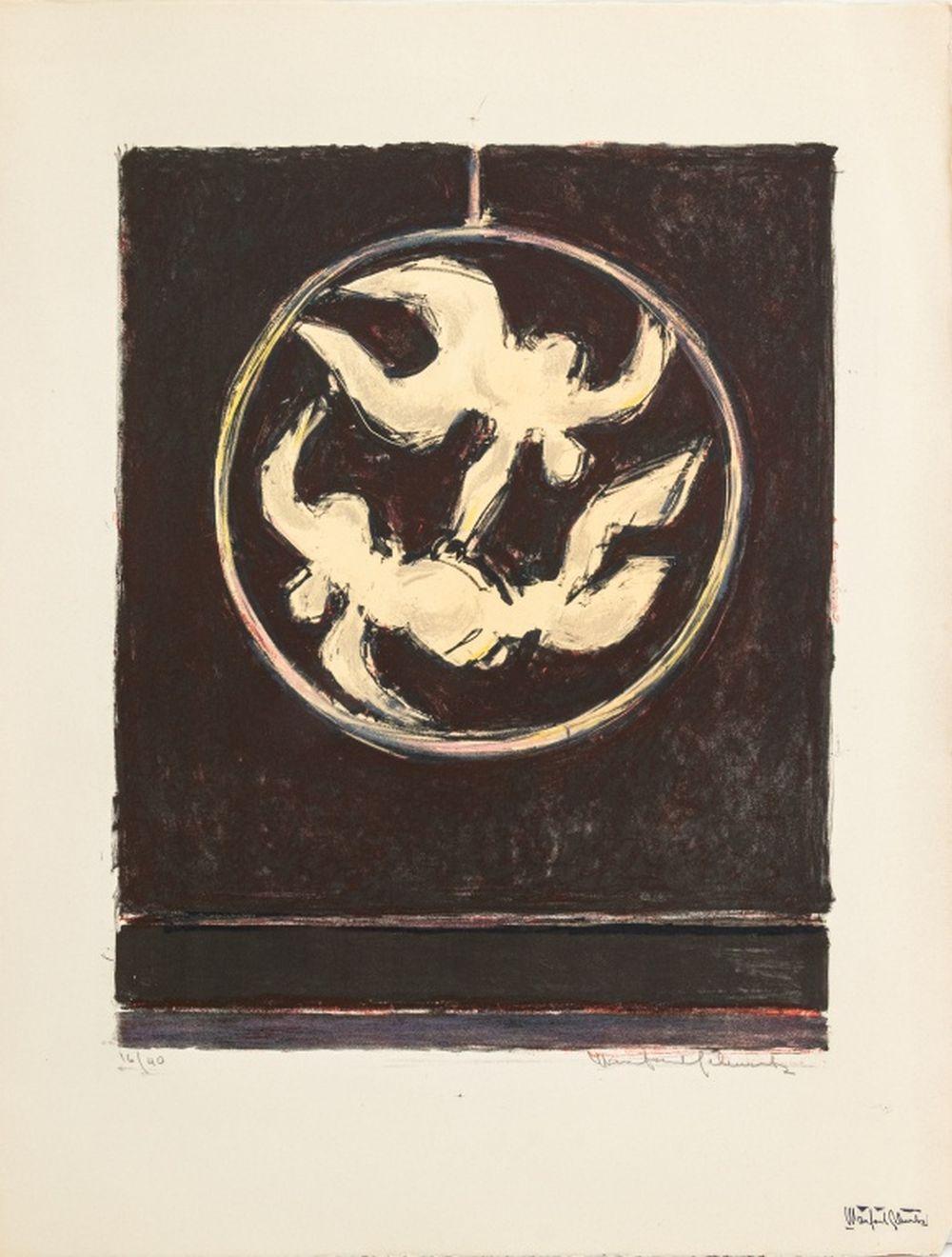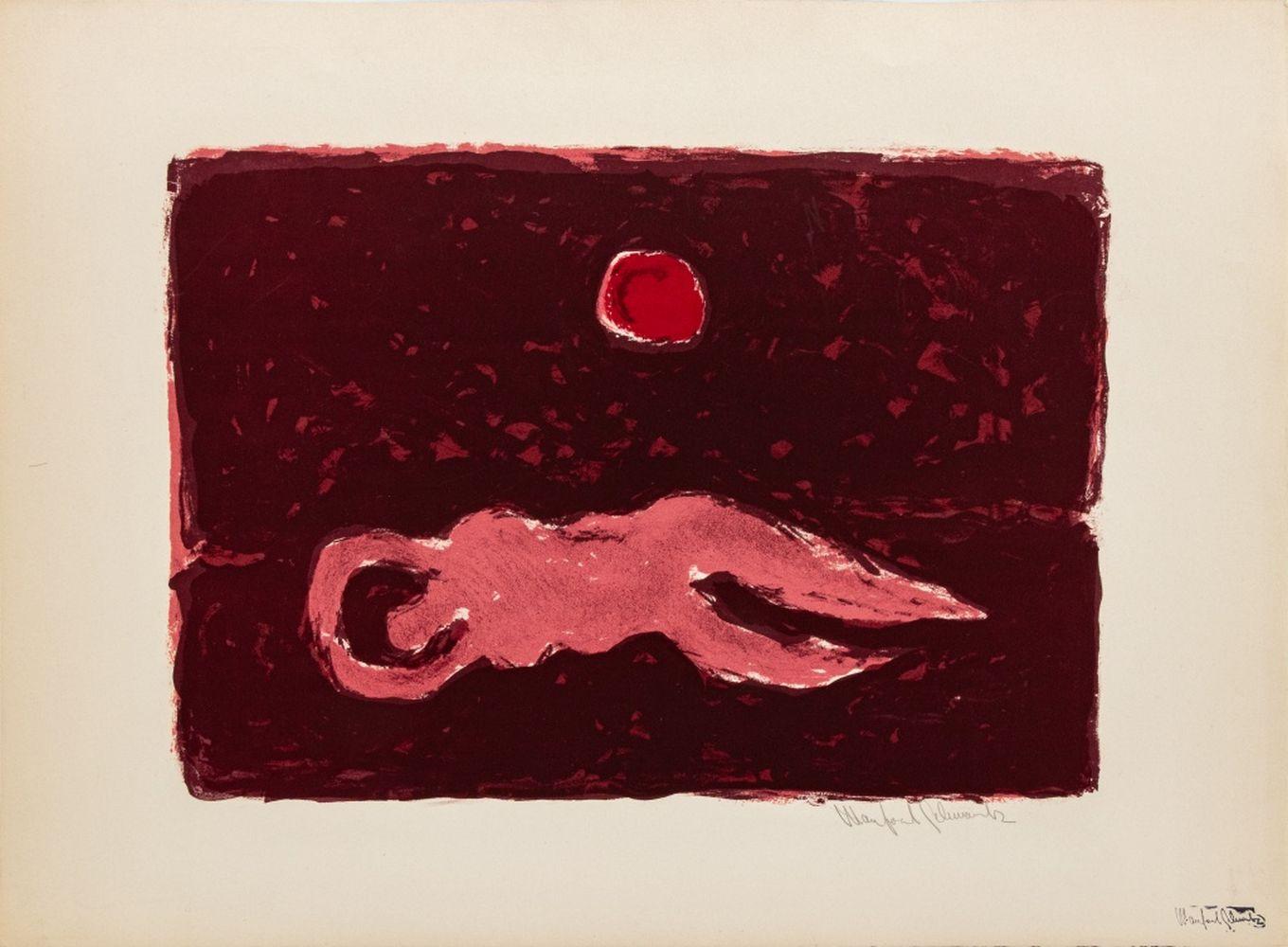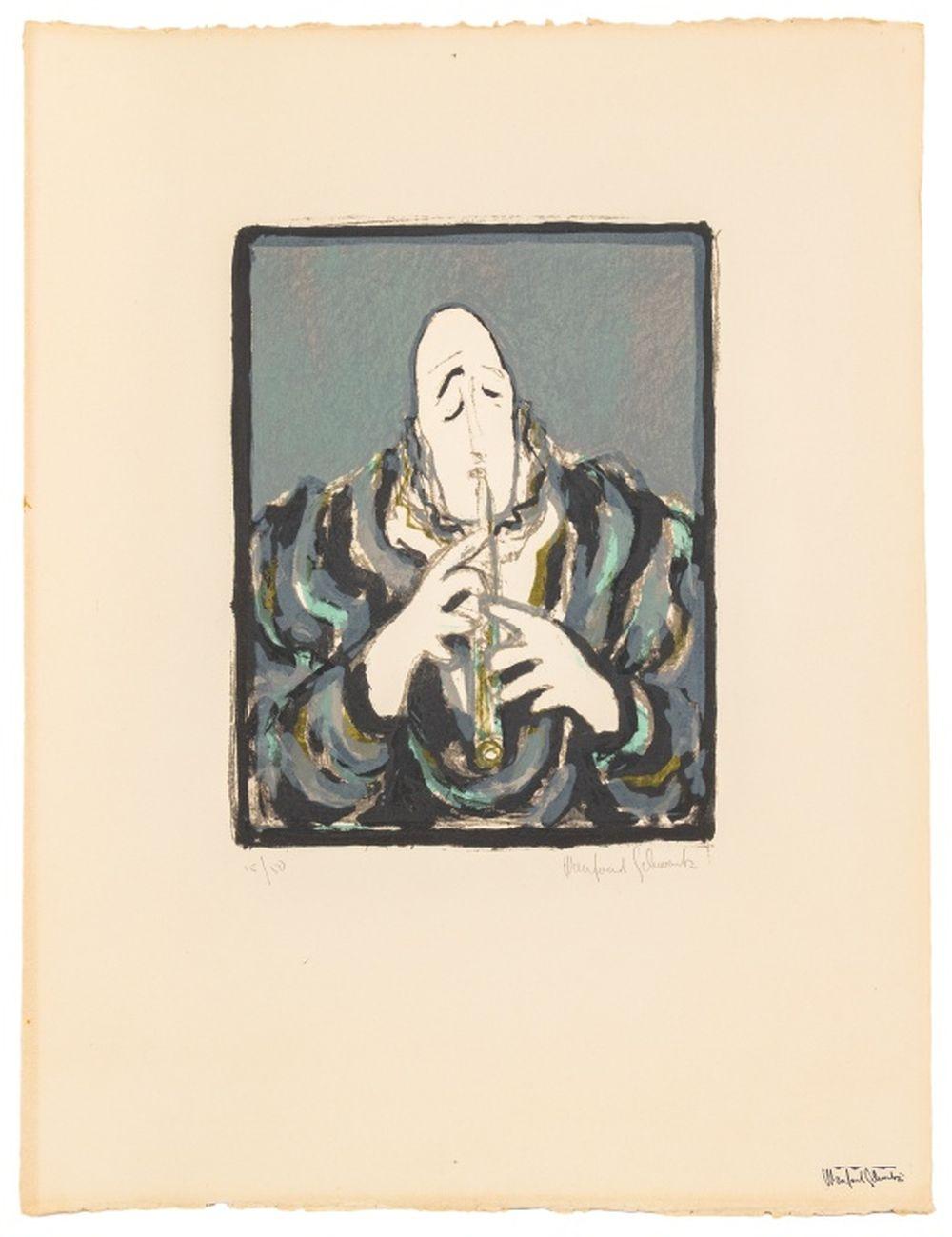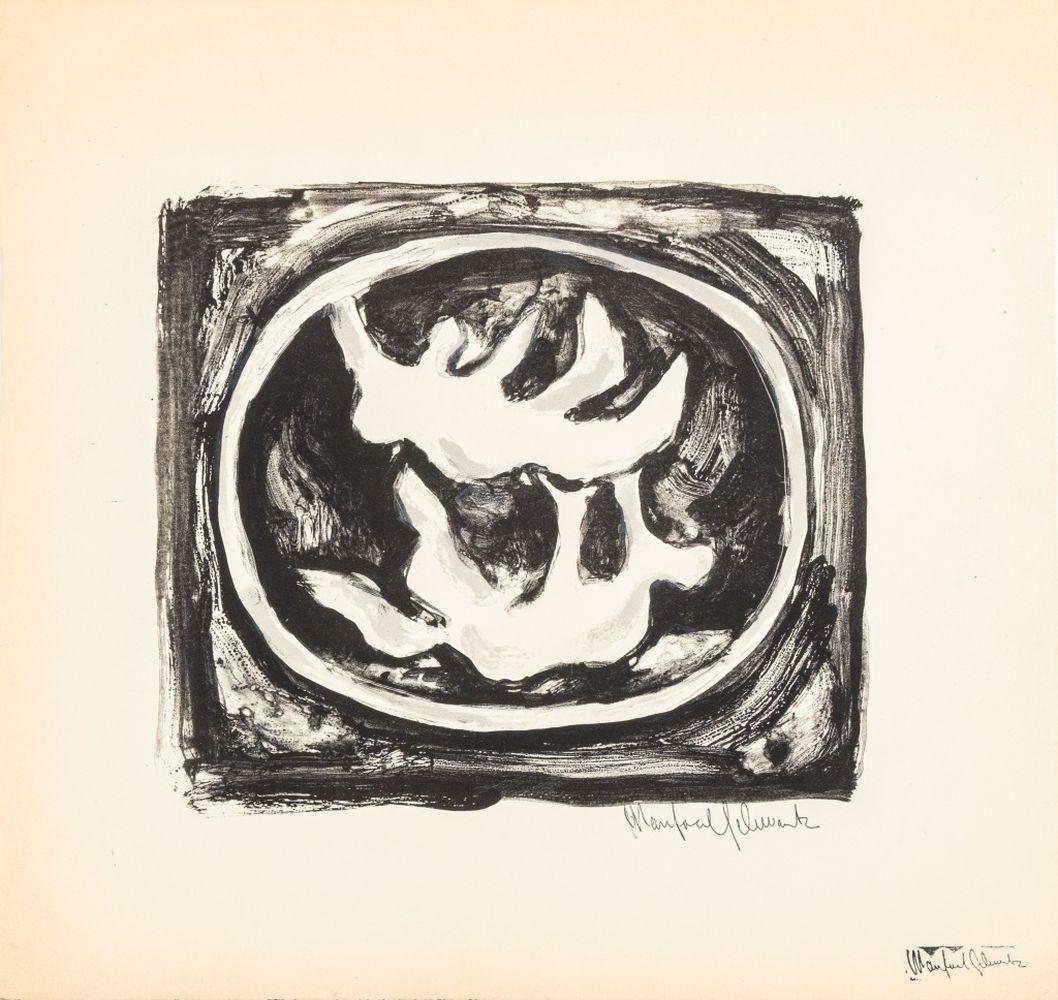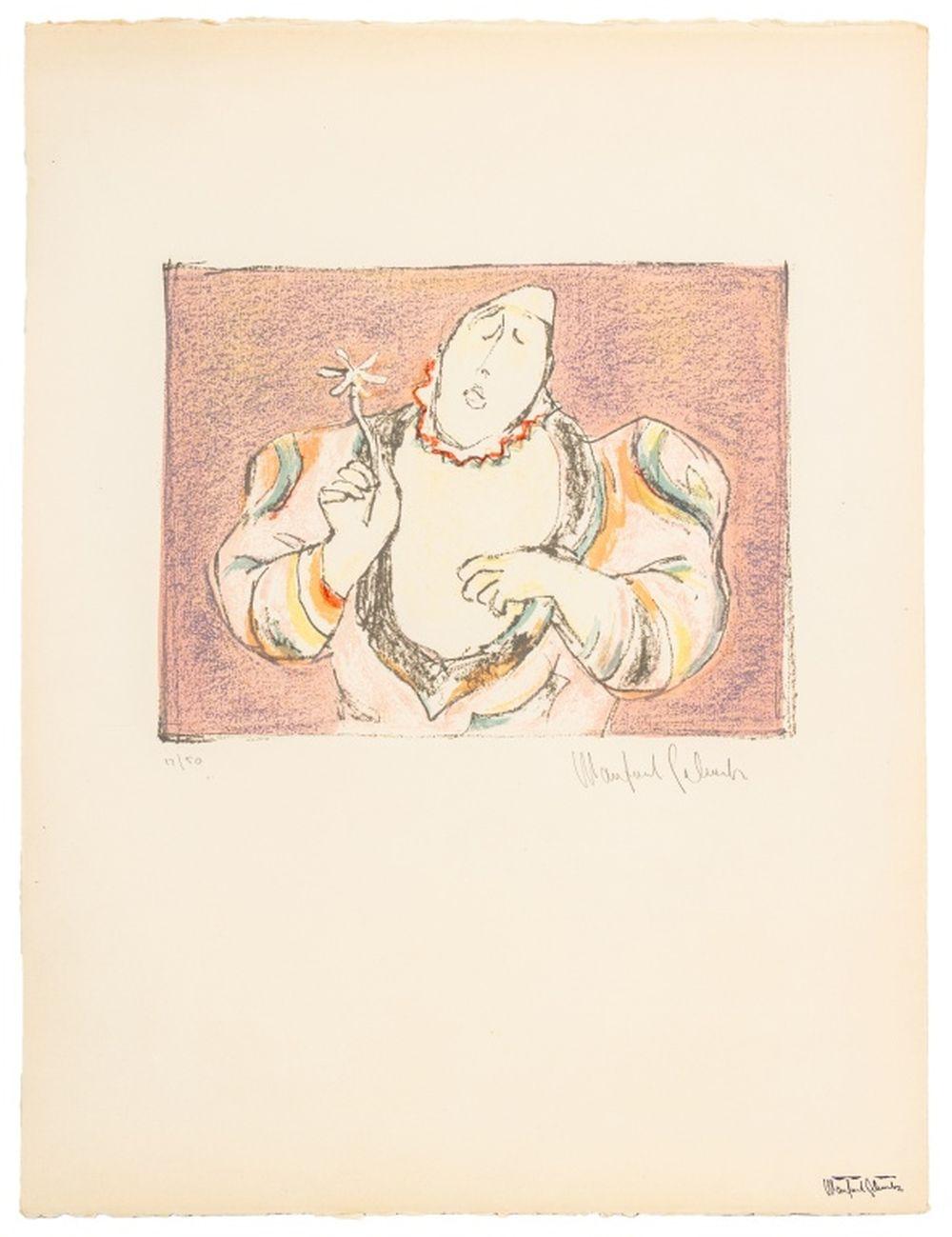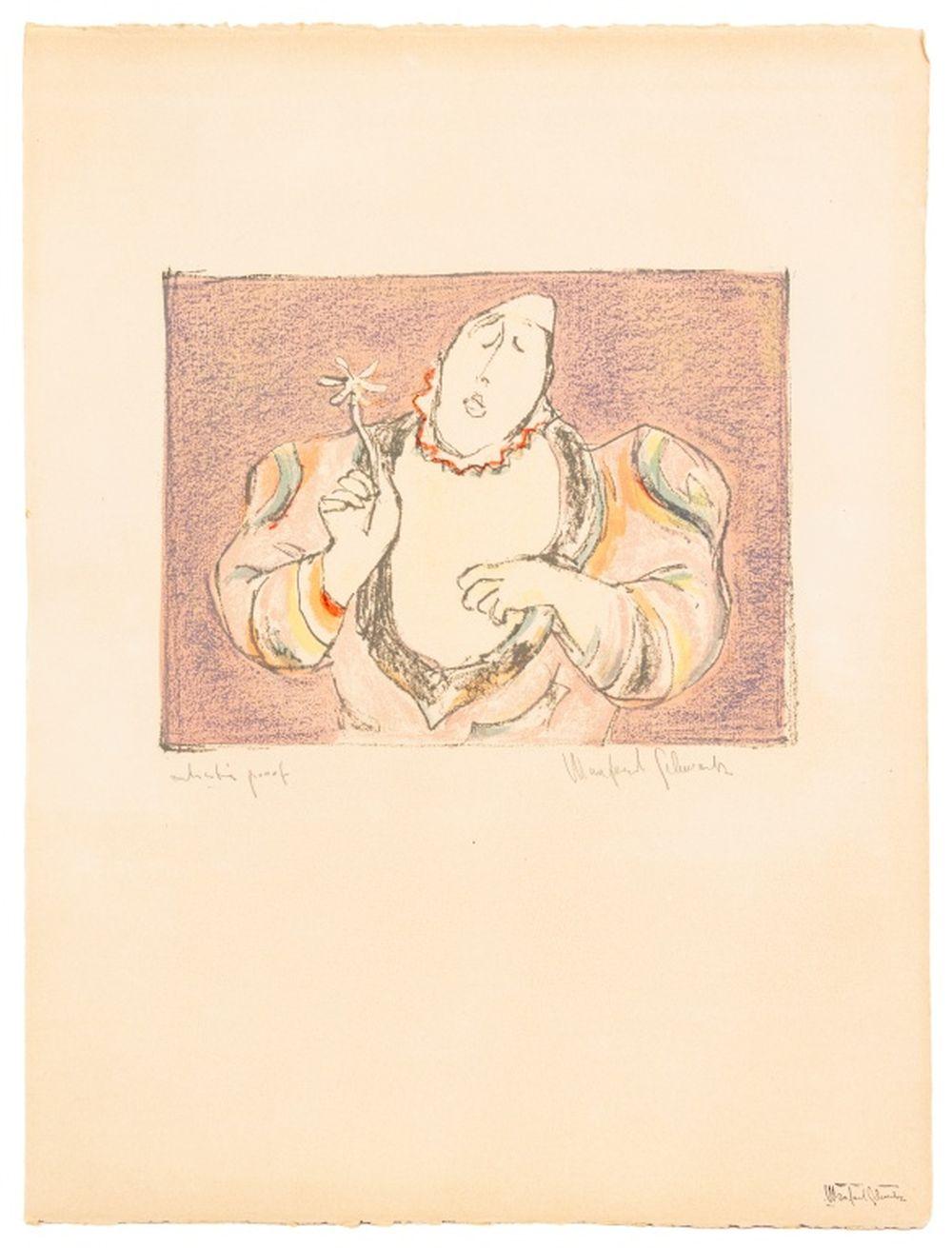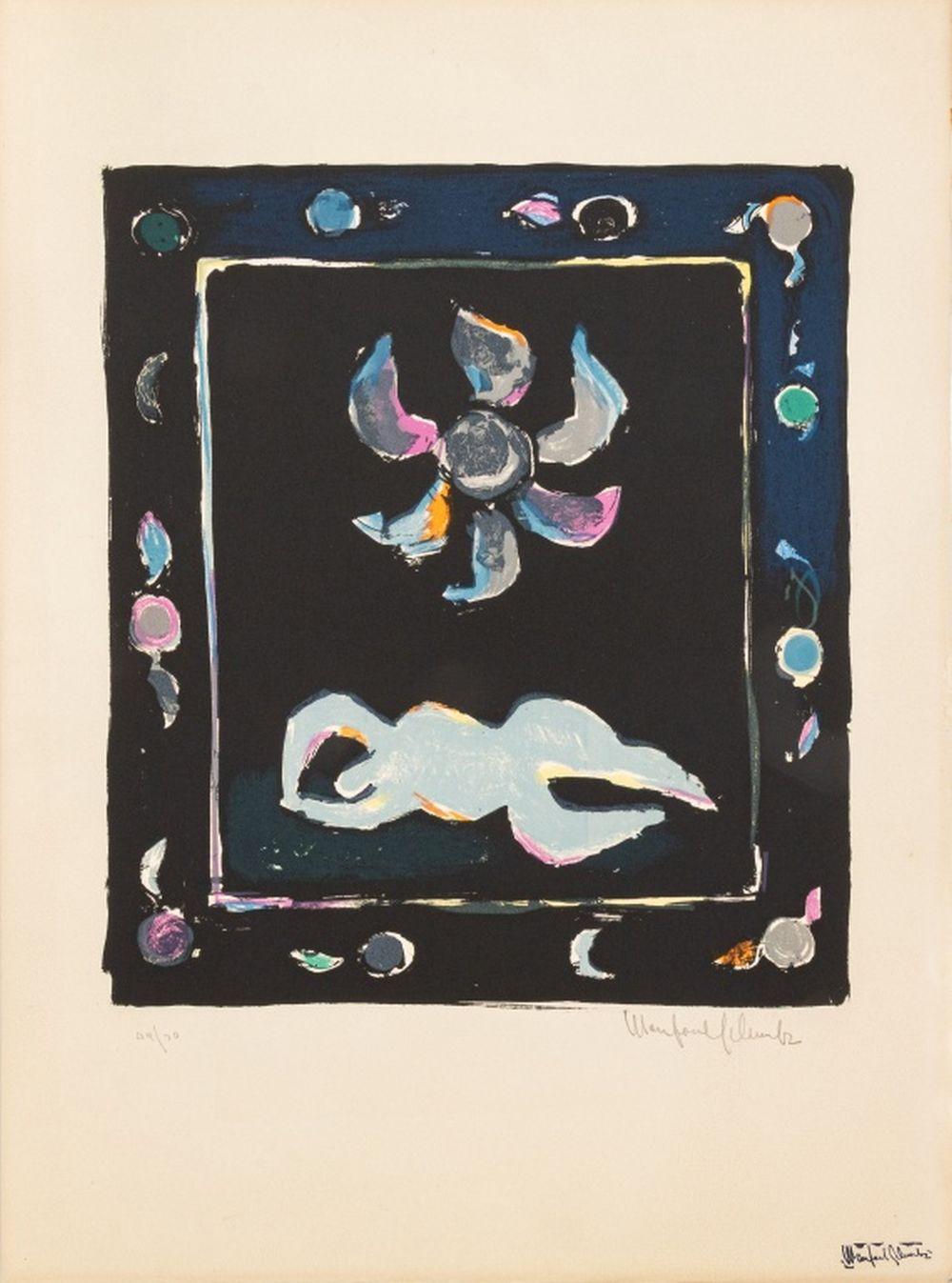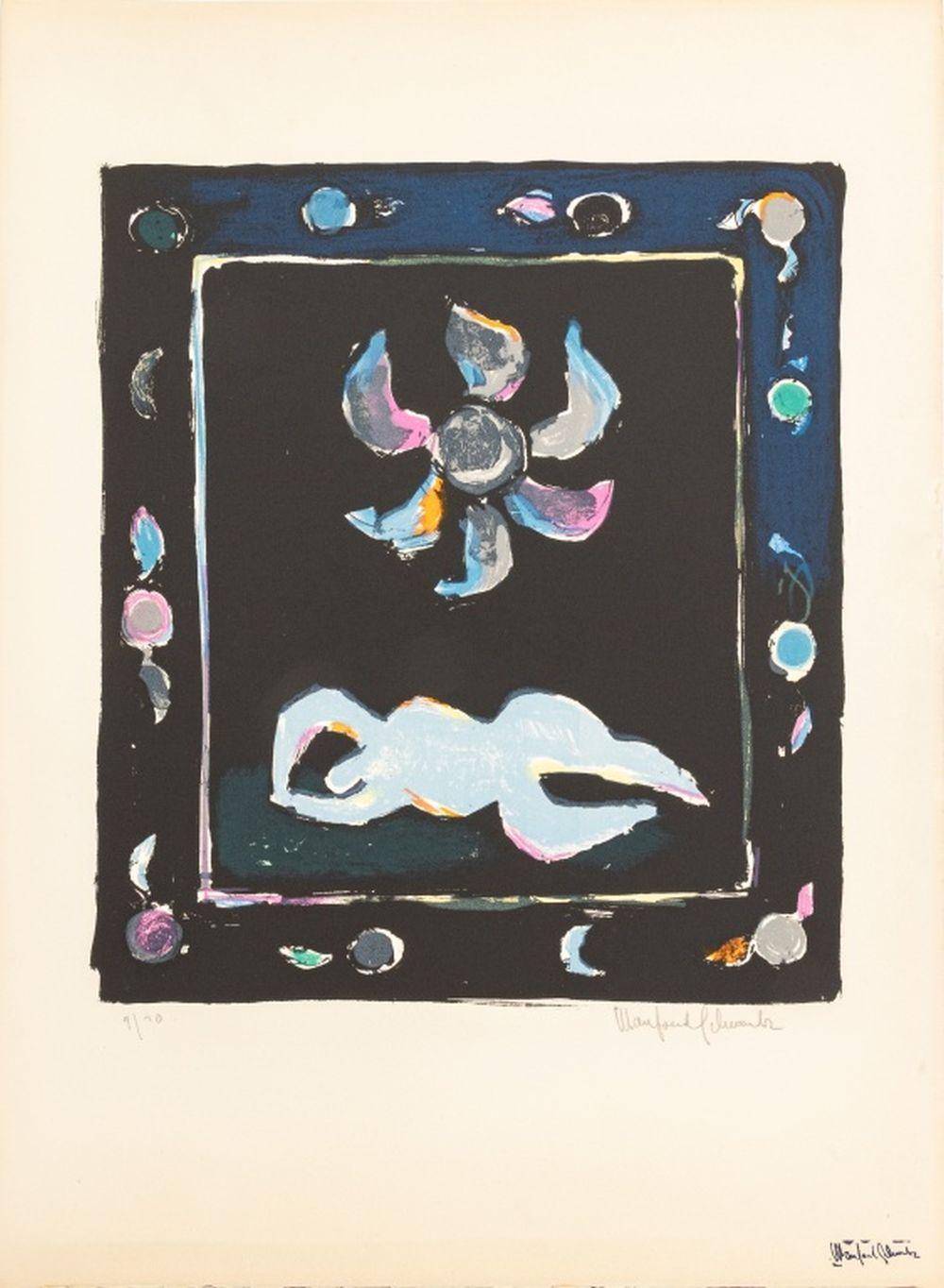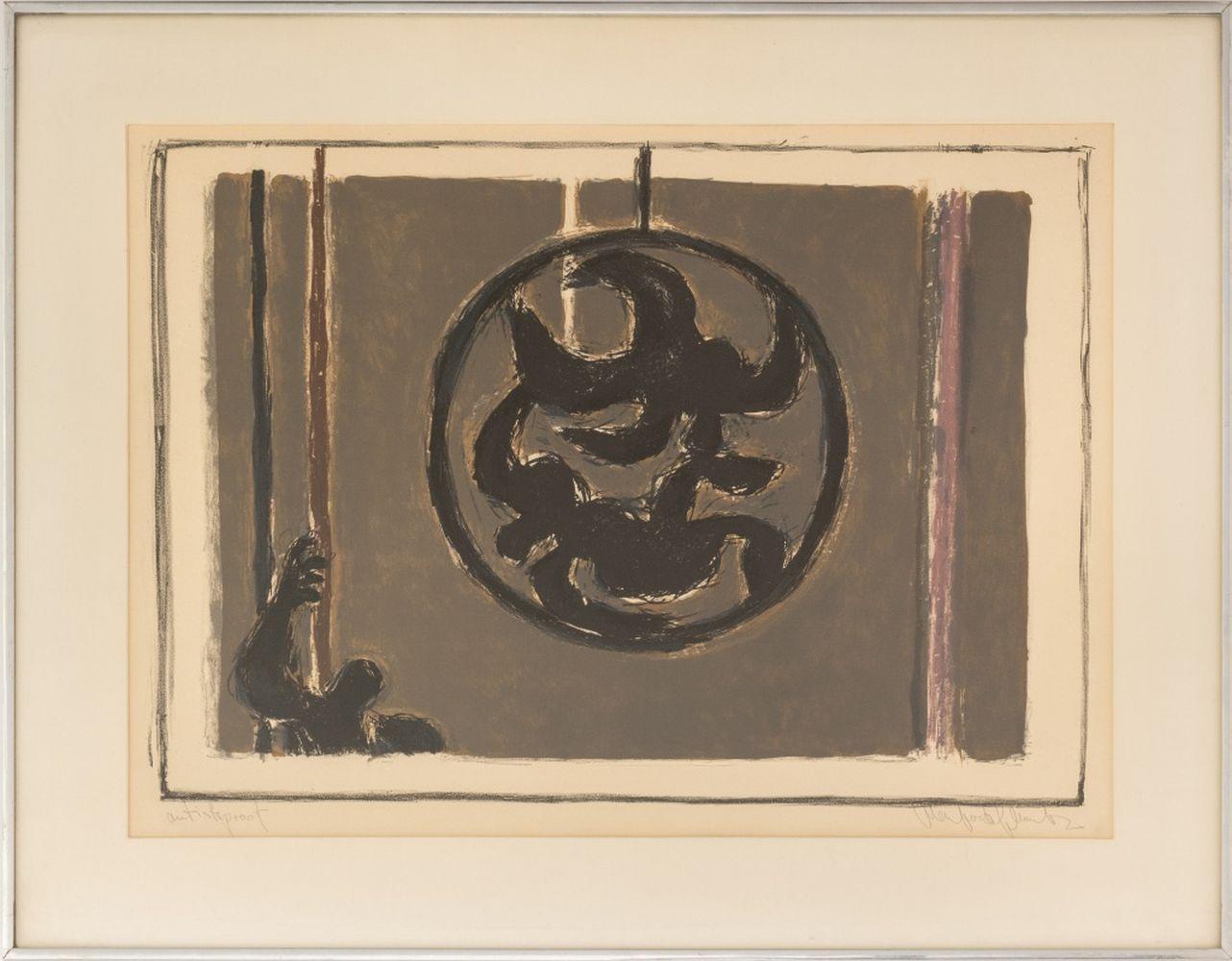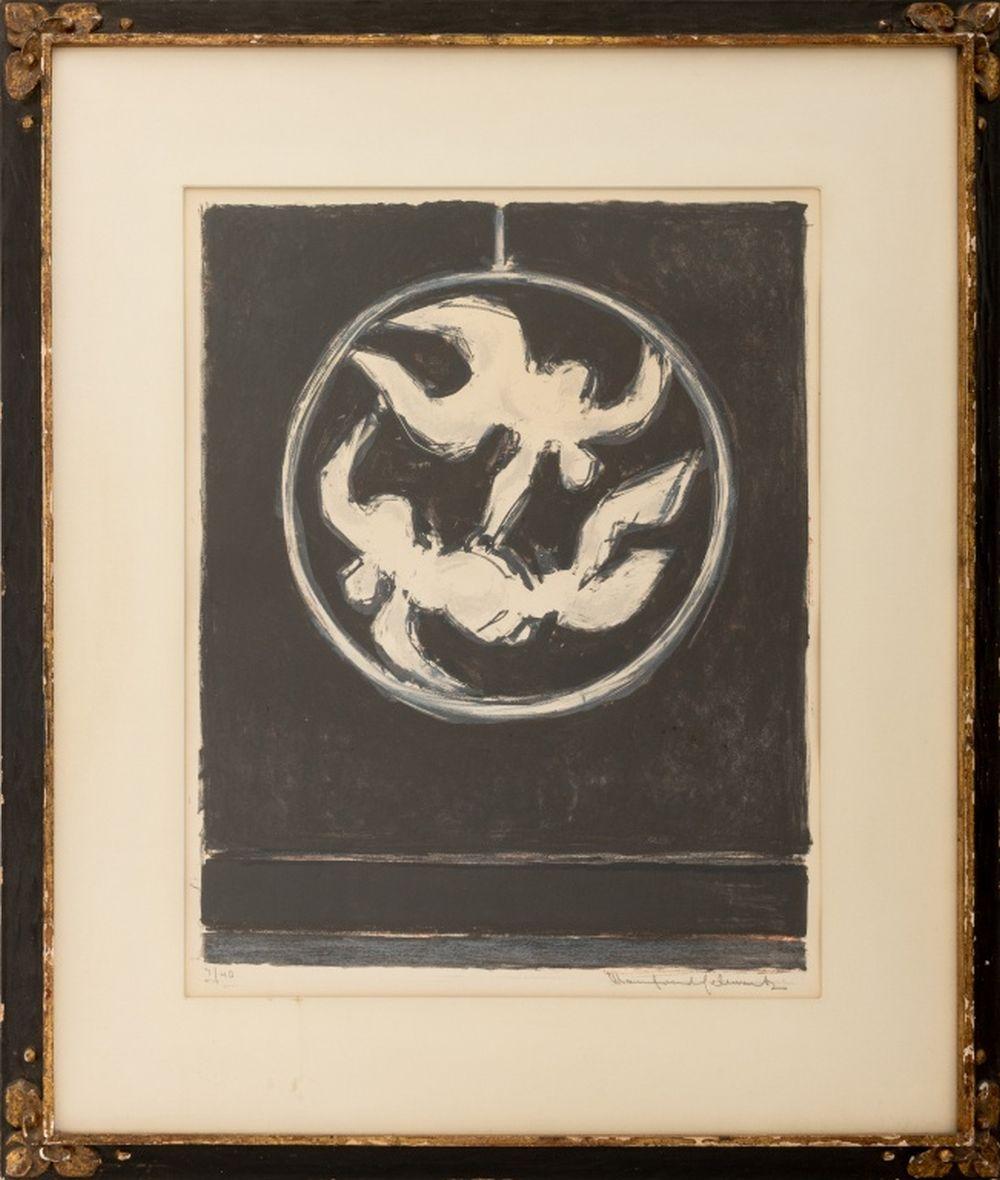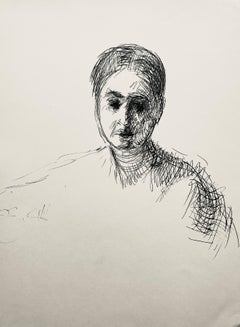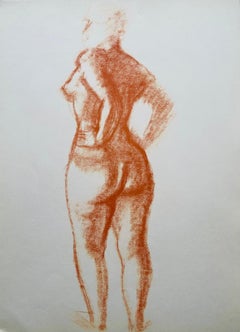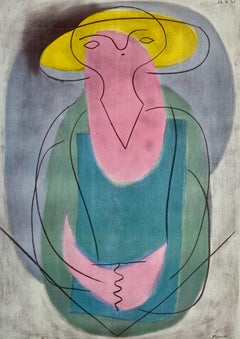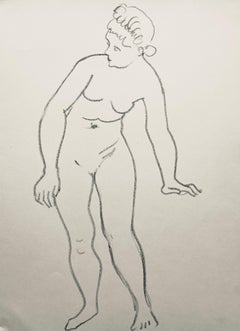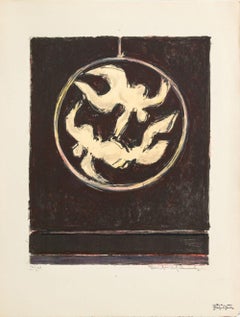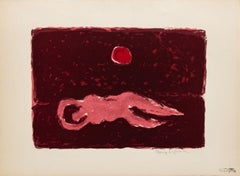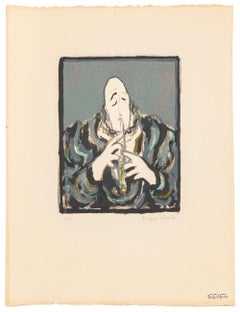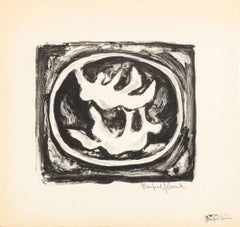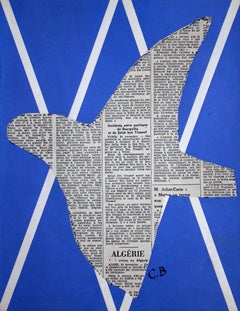
Braque, Papier collé, XXe Siècle (after)
View Similar Items
Want more images or videos?
Request additional images or videos from the seller
1 of 5
Braque, Papier collé, XXe Siècle (after)1956
1956
$1,436List Price
About the Item
- Creation Year:1956
- Dimensions:Height: 13.375 in (33.98 cm)Width: 9.5 in (24.13 cm)
- Medium:
- Movement & Style:
- After:Georges Braque (1882 - 1963, French)
- Period:
- Condition:
- Gallery Location:Auburn Hills, MI
- Reference Number:1stDibs: LU1465214073762
About the Seller
4.9
Platinum Seller
Premium sellers with a 4.7+ rating and 24-hour response times
Established in 1978
1stDibs seller since 2021
1,143 sales on 1stDibs
Authenticity Guarantee
In the unlikely event there’s an issue with an item’s authenticity, contact us within 1 year for a full refund. DetailsMoney-Back Guarantee
If your item is not as described, is damaged in transit, or does not arrive, contact us within 7 days for a full refund. Details24-Hour Cancellation
You have a 24-hour grace period in which to reconsider your purchase, with no questions asked.Vetted Professional Sellers
Our world-class sellers must adhere to strict standards for service and quality, maintaining the integrity of our listings.Price-Match Guarantee
If you find that a seller listed the same item for a lower price elsewhere, we’ll match it.Trusted Global Delivery
Our best-in-class carrier network provides specialized shipping options worldwide, including custom delivery.More From This Seller
View AllDerain, Composition, Derrière le miroir (after)
By André Derain
Located in Auburn Hills, MI
Lithograph on vélin paper. Inscription: Unsigned and unnumbered, as issued. Good condition. Notes: From Derrière le miroir, N° 94-95, 1957. Published by Aimé Maeght, Éditeur, Paris; ...
Category
1950s Modern Abstract Prints
Materials
Lithograph
Derain, Composition, Derrière le miroir (after)
By André Derain
Located in Auburn Hills, MI
Lithograph on vélin paper. Inscription: Unsigned and unnumbered, as issued. Good condition. Notes: From Derrière le miroir, N° 94-95, 1957. Published by Aimé Maeght, Éditeur, Paris; ...
Category
1950s Modern Abstract Prints
Materials
Lithograph
Picasso, Portrait of a Lady, Picasso: Fifteen Drawings (after)
By Pablo Picasso
Located in Auburn Hills, MI
Lithograph and stencil on vélin paper. Unsigned and unnumbered, as issued. Good Condition. Notes: From the folio, Picasso: Fifteen Drawings, 1946. Published by Pantheon Books, Inc., New York; rendered and printed by Albert Carman, City Island...
Category
1940s Modern Abstract Prints
Materials
Lithograph, Stencil
$3,996 Sale Price
20% Off
Free Shipping
Derain, Composition, Derrière le miroir (after)
By André Derain
Located in Auburn Hills, MI
Lithograph on vélin paper. Inscription: Unsigned and unnumbered, as issued. Good condition. Notes: From Derrière le miroir, N° 94-95, 1957. Published by Aimé Maeght, Éditeur, Paris; ...
Category
1950s Modern Abstract Prints
Materials
Lithograph
Derain, Composition, Derrière le miroir (after)
By André Derain
Located in Auburn Hills, MI
Lithograph on vélin paper. Inscription: Unsigned and unnumbered, as issued. Good condition. Notes: From Derrière le miroir, N° 94-95, 1957. Published by Aimé Maeght, Éditeur, Paris; ...
Category
1950s Modern Abstract Prints
Materials
Lithograph
Matisse, La danse, Douze Contemporains (after)
By Henri Matisse
Located in Auburn Hills, MI
Lithograph, stencil on wove paper. Inscription: Unsigned and unnumbered. Good condition. Notes: From the folio, Douze Contemporains, 1959; published by Éditions d'Art du Lion, Paris;...
Category
1950s Modern Abstract Prints
Materials
Lithograph, Stencil
You May Also Like
The Ring in Plum
By Manfred Schwartz
Located in Astoria, NY
Manfred Schwartz (American, b. Poland, 1909-1970), The Ring in Plum, Abstract Figural Composition, Lithograph on Paper, mid 20th century, two nude figures in dangling hoop on purple ...
Category
Mid-20th Century Modern Figurative Prints
Materials
Paper, Lithograph
"August Moon"
By Manfred Schwartz
Located in Astoria, NY
Manfred Schwartz (American, b. Poland, 1909-1970), "August Moon", Lithograph in Colors on Paper, mid-20th Century, pink composition, reclining figure under sun, each signed in pencil...
Category
Mid-20th Century Modern Abstract Prints
Materials
Paper, Lithograph
Medrano Clown with Clarinet
By Manfred Schwartz
Located in Astoria, NY
Manfred Schwartz (American, b. Poland, 1909-1970), Medrano Clown with Clarinet, Lithograph on Paper, circa 1955, numbered edition "15/50" lower left, signed in pencil and with the ar...
Category
Mid-20th Century Modern Figurative Prints
Materials
Paper, Lithograph
The Ring
By Manfred Schwartz
Located in Astoria, NY
Manfred Schwartz (American, b. Poland, 1909-1970), The Ring, Lithograph on Paper, mid 20th century, two figures in loop, signed in pen and with the artist's signature stamped lower r...
Category
Mid-20th Century Modern Figurative Prints
Materials
Paper, Lithograph
Medrano Clown with Flower
By Manfred Schwartz
Located in Astoria, NY
Manfred Schwartz (American, b. Poland, 1909-1970), Medrano Clown with Flower, Lithograph on Paper, circa 1955, numbered edition "17/50" lower left, signed in pencil and with the arti...
Category
Mid-20th Century Modern Figurative Prints
Materials
Paper, Lithograph
Medrano Clown with Flower
By Manfred Schwartz
Located in Astoria, NY
Manfred Schwartz (American, b. Poland, 1909-1970), Medrano Clown with Flower, Lithograph on Paper, circa 1955, marked "artist's proof" lower left, signed in pencil and with the artis...
Category
Mid-20th Century Modern Figurative Prints
Materials
Paper, Lithograph
